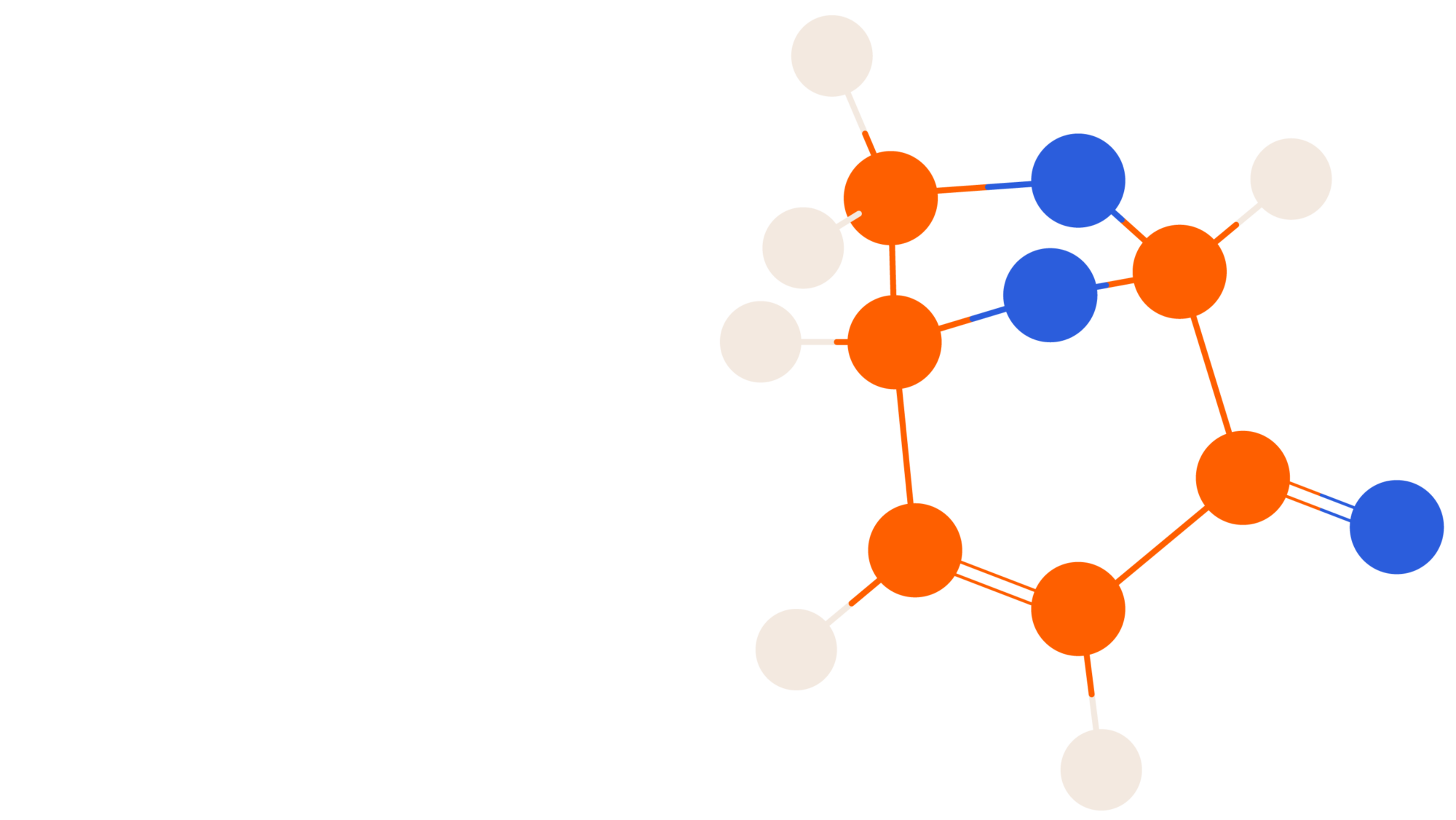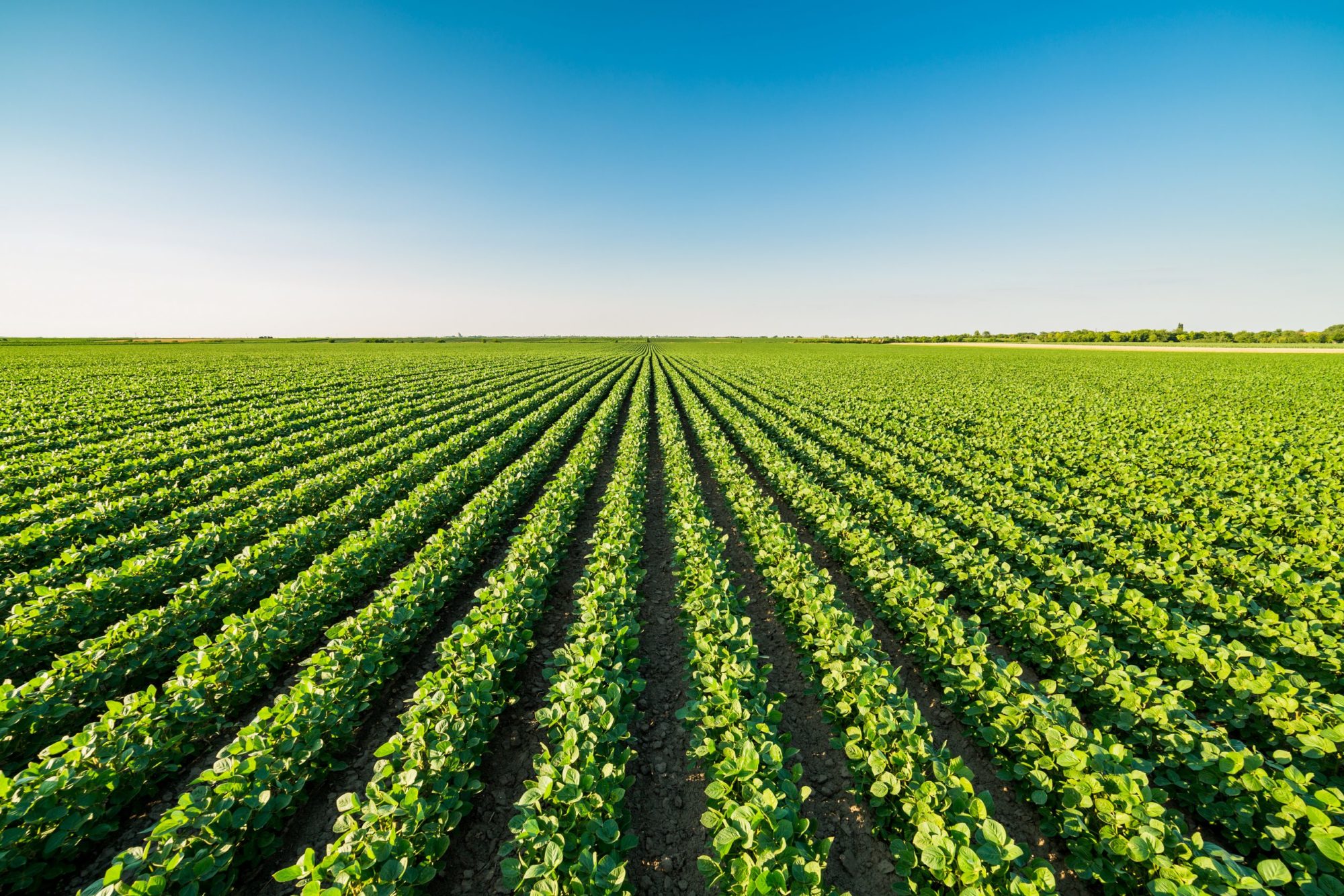The transition from fossil fuels mean that companies using fossil-based hazardous chemicals require sustainable alternatives.
Biomass is an abundant source of renewable carbon-based energy and provides the feedstock that our unique and patented technology converts into levoglucosenone (LGO), a bio-privileged molecule with many industrial applications. From pharmaceuticals to pheromones, Circa is helping industries to develop more sustainable and better chemical products used everywhere in everyday life.
A platform molecule with vast potential
Extensive research worldwide identifies a vast range of bio-based derivatives which can be produced from LGO. Circa has found a way to make LGO at scale, minimising side products, maximising functionality and leading to a breakthrough problem-solving molecule. Our Furacell™ technology was developed in 2009, fine-tuned over ten years across five pilot plants, on a roadmap to build 80,000 tonnes of capacity by 2030. Our production process takes forest waste biomass and produces LGO, biochar, and water. Because our process carefully controls the reaction of cellulose to LGO, the result is a platform molecule that retains much of its chemical complexity, which can then be harnessed/converted into a diverse array of compounds.

This platform molecule is a biomass derived chemical intermediate that can be efficiently converted to a diversity of chemical products including both novel molecules and drop-in replacements. Multiple reaction sites and chiral centers make it a highly versatile synthetic platform. Many of the intermediates readily accessible from LGO are common starting materials or chemical intermediates used in biosciences, flavour and fragrances, active pharmaceuticals, agrichemicals and offer unique building blocks for biopolymers.
Health sciences and pharmaceuticals
Highly functionalized molecules, such as LGO, are the building blocks with which new drugs are constructed and allow for increased yields and decreased step to the desired compounds. The versatility of the LGO platform also allows for the synthesis of a diverse array of molecules, many of which have been under utilised in the drug discovery arena. A robust body of scientific evidence points to these gains being made through the use of LGO derivatives in the synthesis of intermediates.
LGO is a bio-privileged platform molecule that offers the organic chemist a wide range of synthetic opportunities to start from. LGO derivatives provide unique synthetic pathways to a range of modified pentose and hexose sugars structures with fewer synthetic steps and simplified processes. Derivatives of 2- and 3-deoxyribonolactone can be used to produce a range of substituted nucleotides, nucleosides and phosphoramadites. In fact, several new anti-viral drugs utilizing substituted ribose structures have recently been introduced to the market or are in late clinical trials.

Interested in developing efficient and sustainable processes to make advanced intermediates, APIs and other high-value compounds?
Looking for building blocks to maximise efficiency and yield on oligonucleotide synthesis?
Flavours and fragrances
Innovation in the food industry extends to the development of flavours that satisfy consumer drivers. These include demand for health specific dairy products, such as reduced fat and lactose, and the need for food companies to reduce their environmental footprint and use of water. In the dairy segment specifically, there are flavour opportunities in non-dairy products, including soy milk and sorbet, and in the development of paediatric medicines. Lactones can add depth and richness of flavor and sensory properties to a product, but they are expensive and in scare supply.
LGO provides a unique route to γ- and δ-lactones that is scalable and more cost effective. This provides food and drink manufacturers new opportunities to develop novel products and maintain dairy flavours where consumer health demands require a limited use of dairy products, and when environmental demands limit the availability of milk products.

Developing novel food products with dairy flavours?
Limiting use of dairy products in food and drink manufacture?
Agrichemicals
The agrichemicals market is moving away from the use of toxic chemicals for pest and weed control. Insect pheromones are increasingly essential components of monitoring and management tools targeting pests of agricultural crops. However extracting them from nature can be prohibitively expensive, which has generated interest in devising methods of synthesising them from simple starting materials in the laboratory.
LGO is uniquely versatile molecule in the synthesis of a wide range γ- and δ-lactones of pheromone structures. Some of these structures are either difficult to make or simply not commercially available. Circa has identified 15 pheromone products that can be synthesized from LGO. The versatility of LGO provides unique synthetic pathways with fewer synthetic steps and simplified processes, and most importantly the production is scalable using traditional methodologies. This scalability will allow the broader application of pheromones in pest control with much less environmental impact than traditional pesticides.

Are you working on the chemical synthesis of pheromones?
Do you specialise in the development of pheromone compounds?
Biopolymers
Fossil fuel-based polymers products have become essential to our modern life despite their environmental impact. There is strong demand for more sustainable, bio-based alternatives that have equal or better performance than their oil-based equivalents as well as being biodegradable and/or recyclable. Specific markets that are working towards solutions include paints/coating, textiles and personal care.
LGO derivatives provide unique synthetic pathways to a range of monomers with few synthetic steps and simplified processes. Importantly, the production of monomers has been shown to be tunable and scalable using traditional methodologies. Improved properties of LGO-based monomers have also been demonstrated over a range of polymer applications.

Do you want to make an existing polymer more sustainable or develop novel polymers with improved properties?
Are you working on the next generation of chemical synthesis for polymers?




